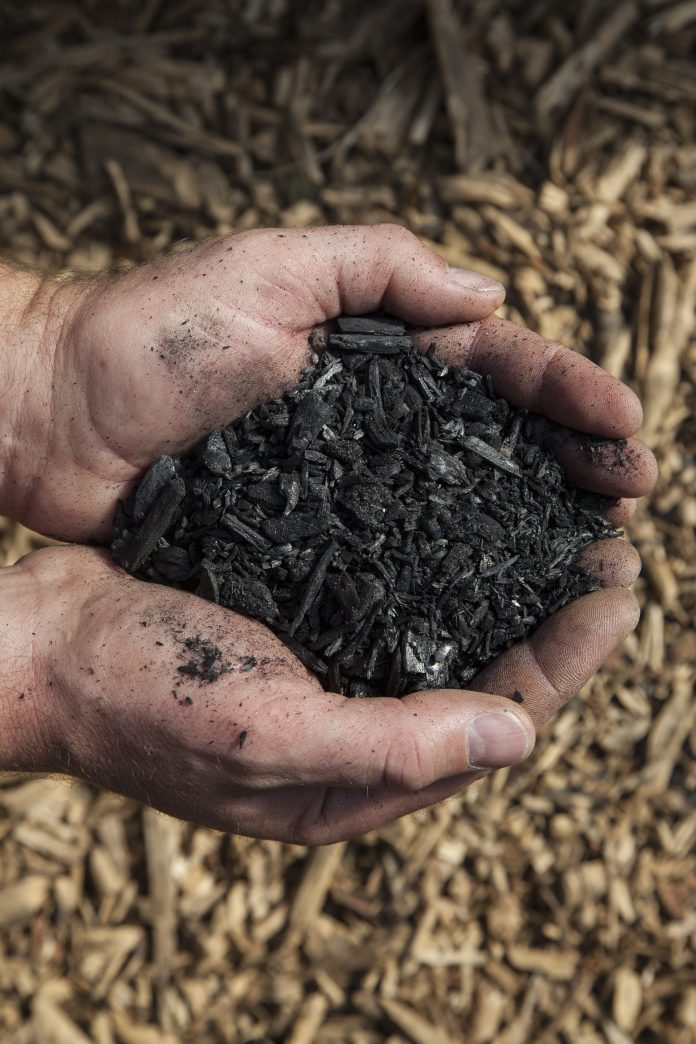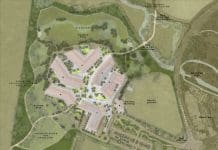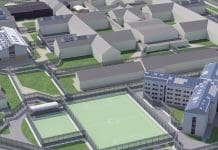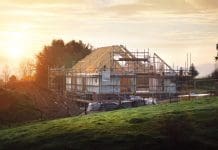TerrAffix and Kier will embark on a study to look at how roadside vegetation can be reused on-site to cut carbon
Biochar is created through the process of pyrolysis when organic materials are turned into solid carbon under high temperatures in the presence of little or no oxygen.
Kier and TerrAffix will assess if the roadside vegetation removed from large highway projects can be processed on site using a mobile pyrolysis plant, with the aim of using the biochar in the landscaping programme.
TerrAffix managing director Mark Smith said: “The benefits of an on-site solution are immense.
“These start with the need to remove vegetation from site, achieving lorry loads of carbon savings, but creating biochar also prevents the slow carbon release to the atmosphere that would ordinarily take place through traditional vegetation processing, such as composting or mulching.
“An additional benefit is the circular economy solution achieved through the reuse of material at a site. This offers soil enhancement opportunities and the promotion of biodiversity.”
“TerrAffix believes that for every tonne of woody biomass carbonised, we will produce 250 kg of biochar and 650 kg CO2 equivalent will be sequestered from the atmosphere.
“On top of this, the heat generated can be used on-site and there will be a more than 90% reduction in traffic journeys that remove vegetation from sites.”
Kier Highways Head of Environment & Sustainability Matt Tompsett said: “We’ve commissioned TerrAffix to complete a feasibility study, as we are committed to doing all that we can to complete our work as sustainably as possible.
“In major highways projects we dispose of high levels of vegetation, so to be able to reuse this could be a fantastic example of applying a circular economy model to help reduce carbon and waste, while using a carbon capture and storage technique which means the carbon absorbed by the vegetation will be locked away, instead of releasing it back into the atmosphere.”
The next steps of the project are to identify a site to trial pyrolysis on, after the study.

















